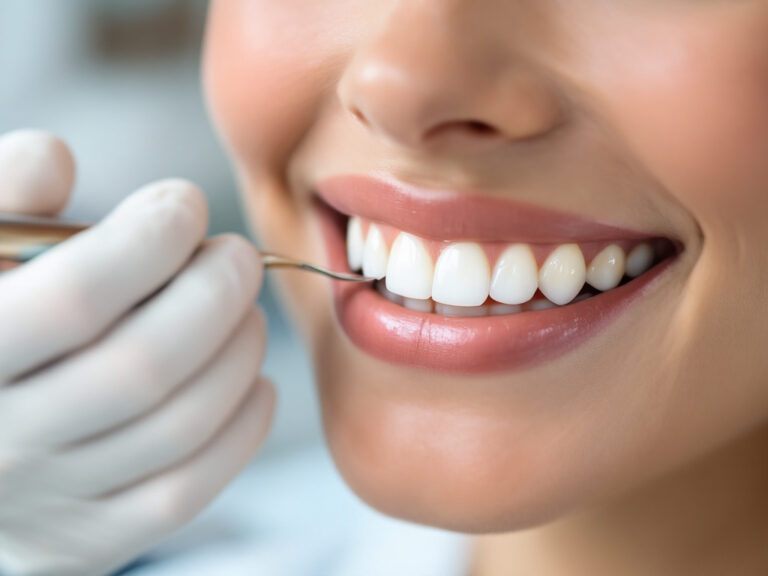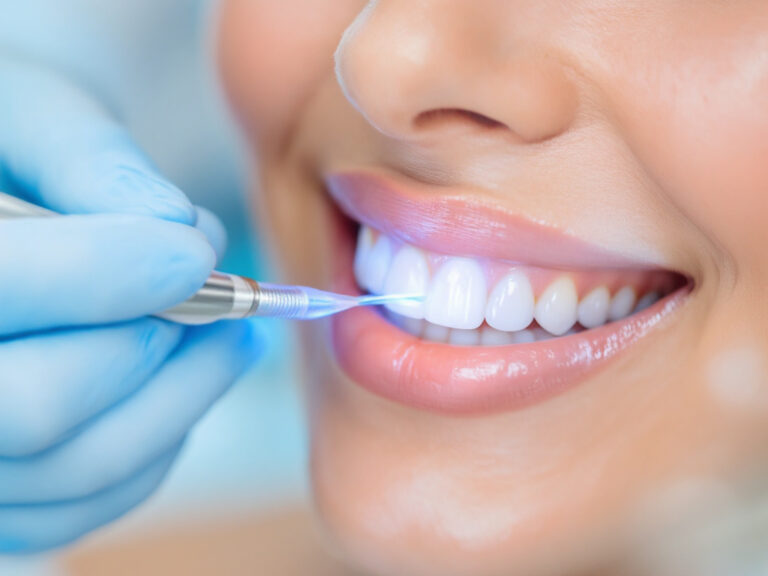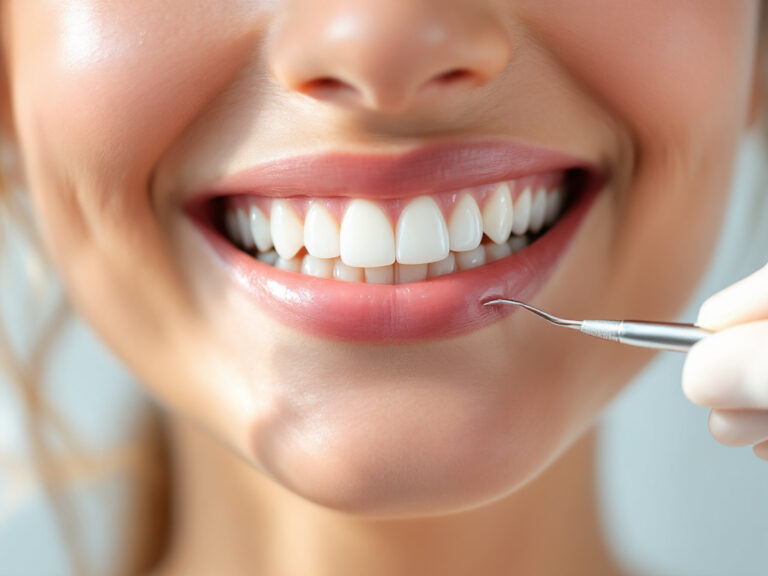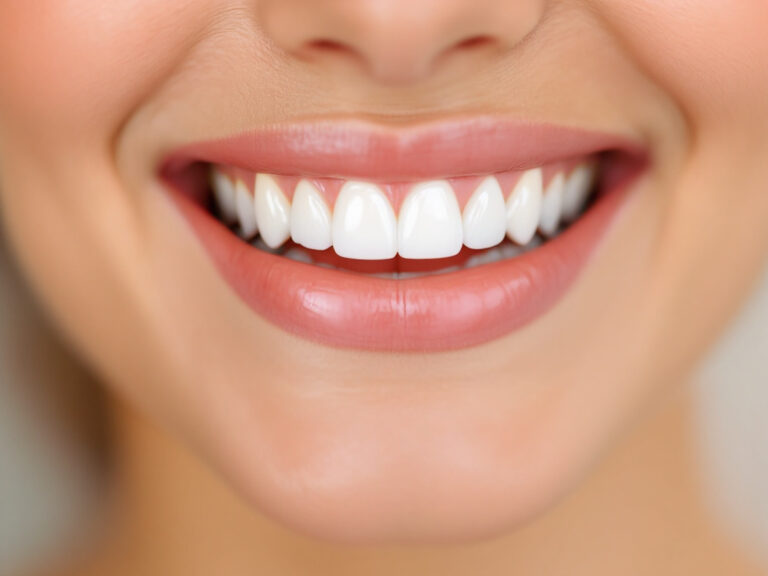Insurance covered dental restoration plays a key role in keeping your smile healthy and functional. Whether you’re considering restorative dentistry solutions such as fillings, crowns, bridges, or implants, understanding how your dental insurance plan works can help you minimize out-of-pocket expenses while restoring long-term oral function. This guide walks you through plan types, benefit limits, restoration options, cost factors, and treatment strategies so you can make informed decisions about your oral health.
Understand dental plans
Every insurance covered dental restoration journey starts with knowing your plan structure. Most dental policies group services into classes with different coverage levels. By understanding how your insurer classifies preventive, basic, and major restorative care, you can predict which treatments receive higher reimbursement.
Types of dental plans
Dental insurance plans generally fall into four categories: DHMO, PPO, EPO, and POS. DHMOs often have lower premiums but require you to use in-network dentists, whereas PPOs let you see specialists with higher out-of-pocket costs. EPOs blend in-network restrictions with no referral requirement, while POS plans combine features of HMOs and PPOs. Each plan type defines allowable providers, covered services, and cost-sharing arrangements [1].
Coverage factors
Your coverage for routine exams, fillings, crowns, and other restorations depends on annual maximums, deductibles, waiting periods, and preauthorization rules. Preventive care usually has 100% coverage, while basic procedures like cavity repair and restoration may pay 80% to 100%, and major services often cover 50% or less. Plans often categorize services into Class I (preventive), Class II (basic restorative), and Class III (major restorative), with coverage percentages decreasing as service class increases. Knowing these categories helps you budget and schedule procedures accordingly. Always review your policy documents or call your insurer to confirm percentages, exclusions, and any required referrals [2].
Maximize your benefits
Your dental plan’s annual maximum is the cap on covered benefits each calendar year. Understanding and optimizing this limit can help you reduce out-of-pocket expenses on restorative procedures.
Annual maximums and caps
Dental policies commonly set a yearly maximum between $1,000 and $2,000 per person, with unused benefits expiring on December 31 [3]. Once you hit this limit, you pay 100% of any further costs. Scheduling preventive and minor restorative work early frees up coverage for more extensive treatments later in the year.
Timing your treatments
If you have multiple major procedures, consider splitting care across two calendar years. For example, start a multi-unit bridge or crown in December and complete it in January to leverage two annual benefit caps [4]. This strategy can significantly lower your overall cost.
Explore restoration options
Restorative dentistry provides both direct and indirect solutions to repair and replace damaged or missing teeth. Each option has unique procedures, benefits, insurance coverage levels, and maintenance requirements.
Composite fillings
Composite fillings use a tooth-colored resin to treat cavities with minimal removal of healthy tissue, preserving your natural smile.
Procedure overview
During a composite filling appointment, your dentist removes decayed material, then layers and shapes the composite resin to match your tooth. A curing light hardens the resin quickly, allowing you to bite normally the same day.
Longevity and care
With proper oral hygiene and regular checkups, composite fillings can last 7 to 10 years or more. Most composite restorations are classified as basic services, so you can expect coverage of around 80% to 100% of material and lab fees [5]. Costs range from $100 to $300 per filling depending on size and location.
Indirect restorations
Indirect restorations, such as inlays and onlays, offer durable alternatives when a filling is insufficient but a full crown is not yet necessary.
Definition and uses
Inlays fit within the cusps of a tooth, while onlays extend over one or more cusps. These laboratory-fabricated restorations are bonded to the tooth to restore strength and function.
Insurance coverage tips
Most plans categorize inlays and onlays as major restorative work, covering around 50% of costs. Average costs for inlays and onlays range between $600 and $1,200, with many plans covering 50% after deductible [6]. To maximize benefits, inquire about preauthorization and consider timing lab fabrication when your annual benefit resets. Learn about porcelain inlay and onlay treatment.
Crowns and onlays
Dental crowns fully encase a weakened or damaged tooth to provide strength and durability, while onlays cover larger areas than fillings but less than crowns.
Materials and fit
You can choose crowns made of porcelain, zirconia, metal alloy, or porcelain-fused-to-metal. Advanced digital impressions and 3D printing ensure crowns fit precisely and blend naturally with your smile. Average crown placement costs range from $800 to $2,000, influenced by material choice and lab fees [7]). For emergency needs, consider emergency dental crown replacement.
Care and warranties
Dental offices often offer warranties on crowns covering defects or adjustments. Routine exams and cleanings, often fully covered, help detect crown issues early. To prolong crown life, avoid hard or sticky foods and use a night guard if you grind your teeth. Explore options through dental crown placement and porcelain crown restoration.
Bridges and dentures
For multiple missing teeth, bridges and dentures restore function, appearance, and bite alignment.
Bridge design
A fixed bridge uses crowns on adjacent teeth to support one or more false teeth. Bridges are custom-made in a lab and cemented in place to fill gaps seamlessly. Bridges typically cost $500 to $1,500 per unit, with major restorative coverage around 50% [8].
Denture options
Dentures replace full or partial arches of teeth. Standard removable dentures, partial dentures, and implant-supported overdentures each have distinct benefits. Regular dentures range from $452 to $2,700, while premium models can cost up to $6,514 [6]. Coverage for dentures often falls between 50% and 80%. Discuss partial denture replacement and custom denture fitting.
Implants and replacements
Dental implants are the gold standard for replacing missing teeth, offering stability and bone preservation.
Surgical process
An implant procedure involves placing a titanium post into the jawbone, allowing osseointegration over several months. After healing, a custom abutment and crown are attached to restore full chewing function. Total implant cost, including abutment and crown, averages $3,100 to $5,800 per tooth [9]. Insurers often classify implants as major restorative or elective, so coverage can be limited or require preauthorization.
Long-term success
Implants boast a success rate above 95% with proper care and maintenance. Daily oral hygiene, regular checkups, and avoiding tobacco use help ensure implants last decades. Budget for annual x-rays and professional cleanings—typically $100 to $200 per visit—to keep implants healthy.
Estimate your costs
Out-of-pocket expenses for insurance covered dental restoration vary based on your plan’s coverage levels and the complexity of the procedure. Reviewing fee schedules and coverage percentages ahead of time helps you prepare a realistic budget.
Cost influencers
When you estimate your share of costs, consider these factors:
- Service class: Basic restorations (Class II) like fillings often have higher coverage (80% to 100%), while major restorations (Class III) such as crowns or bridges may be covered at around 50% [10].
- Deductible: The amount you owe before insurance benefits apply.
- Co-payment and coinsurance: Some plans charge a set fee per visit, while others split costs by percentage.
- Annual maximum: The cap on covered services, typically ranging from $1,000 to $2,000 per year.
- Material and lab fees: Premium materials like zirconia or gold increase costs, and lab-fabricated restorations include additional fees.
Compare average costs
Below is a comparison of common restorative procedures, their average cost ranges, and typical insurance coverage. These estimates vary by region and provider but offer a helpful starting point.
| Procedure | Average cost range | Typical coverage |
|---|---|---|
| Routine exam and cleaning | $50–$350 | 100% preventive [6] |
| Composite filling | $100–$300 | 80%–100% basic [11] |
| Inlay or onlay | $600–$1,200 | ~50% major [6] |
| Crown | $800–$2,000 | ~50% major [9] |
| Bridge | $500–$1,500 | ~50% major [1] |
| Denture | $452–$6,514 | 50%–80% major [6] |
| Implant | $3,100–$5,800 | Varies, often limited |
Plan your treatment strategy
Coordinating with your dental office and insurance provider ensures smoother claims and fewer unexpected bills. A clear treatment plan outlines services, costs, and coverage details.
Work with your provider
Before you schedule any restorative procedure, request a pre-treatment estimate or predetermination from your insurance company. This document outlines how much your insurer will pay and what you owe, reducing the risk of claim denials. Share this estimate with your dentist so they can align treatment options with your coverage and suggest alternatives if needed.
Use pretax accounts
Health Savings Accounts (HSAs) and Flexible Spending Accounts (FSAs) allow you to set aside pretax dollars for eligible dental expenses. Using these accounts can lower your taxable income while covering deductibles, coinsurance, and non-covered services. Be aware of contribution limits and deadlines, and confirm which restorative procedures qualify before allocating funds [11].
Leverage modern technology
Modern dental technologies can streamline restorative treatments, improve comfort, and enhance aesthetics.
Same-day crowns
Computer-aided design and manufacturing (CAD/CAM) systems let your dentist capture digital impressions and mill custom crowns in-office, often in a single visit. Same-day crowns reduce the need for temporary restorations and additional appointments, saving time and potentially lowering lab fees. Ask if your provider offers affordable restorative dentistry solutions in one day.
Full mouth rehabilitation
For patients needing significant restorative work, a full mouth restoration program integrates crowns, bridges, implants, and bite correction into a comprehensive plan. 3D imaging and treatment planning software create precise models of your oral structures, ensuring predictable outcomes and balanced function. Learn about our bite correction dental treatment options.
Avoid common pitfalls
Navigating insurance covered dental restoration can involve tricky exclusions and limitations that affect your budgeting.
Exclusions and limitations
Many policies exclude cosmetic restorations, such as veneers or elective bleaching, so verify whether a proposed treatment is deemed cosmetic. Additionally, some plans limit coverage for dental implants or require a waiting period for major restorative services. Always ask about plan exclusions, pre-existing condition clauses, and lifetime maximums for specific procedures.
Pre-existing conditions
Insurance companies may not cover conditions that existed before your policy’s effective date. If you have untreated decay or previous dental work, check if a waiting period applies before major restorations become eligible. Submitting radiographs and treatment records can help document medical necessity and support coverage appeals.
Frequently asked questions
Are implants covered?
Coverage for dental implants varies widely by plan. Some policies treat implants as a major restorative benefit with 50% coverage after deductible, while others classify them as elective and provide no benefits. Always request a predetermination to understand how much your insurer will pay before you begin surgery.
How do waiting periods work?
Waiting periods delay coverage for certain restorations, typically six to 12 months for major procedures like crowns, bridges, and implants. Preventive and basic services often have no waiting period. Review your plan’s summary of benefits to confirm applicable delays.
What if my claim is denied?
If your insurer denies a claim, request a detailed explanation of benefits (EOB) to identify the reason. You can then work with your dentist to submit missing documentation or medical necessity letters. Appeals processes differ by insurer but usually involve resubmitting claims with supporting records.
Find affordable care
Even if your insurance benefits are limited, you still have options to manage costs and access high-quality restorations.
- Community clinics and dental schools: Sliding scale fees or supervised student clinics can reduce fees for common restorations.
- In-office financing and credit: Many dental offices partner with CareCredit or similar lenders to offer zero-interest or low-interest payment plans.
- Group practices and membership plans: Some practices provide their own membership plans covering preventive and basic restorative services for an annual fee.
- Local philanthropic programs: Nonprofit organizations sometimes offer grants or voucher programs for dental care to qualifying patients.
Discuss all available payment options with your dentist. Timely restorative care not only preserves your oral health but also helps you avoid costly emergency procedures such as cracked tooth repair service, gentle root canal treatment, and cavity repair and restoration.






